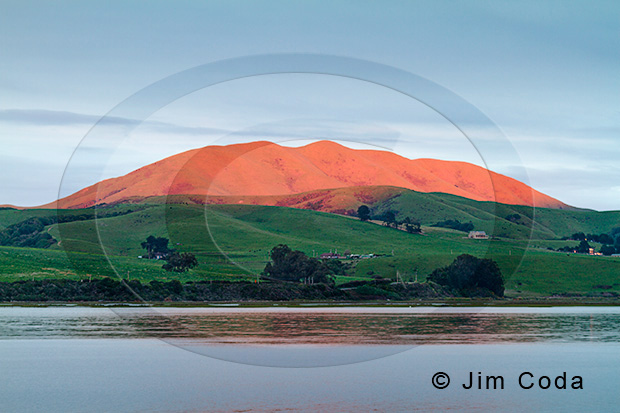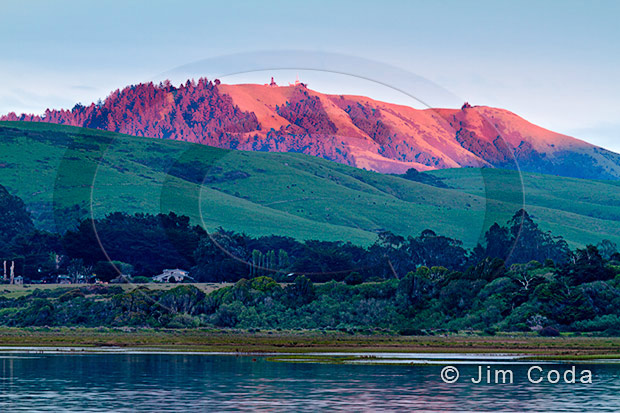Marin’s Sensible Approach to Protecting Sheep from Coyotes

There was a very good article in the San Francisco Chronicle last Friday about Marin County, California, and its approach to dealing with coyotes and sheep ranching. (Marin County is the county you enter when you drive north across the Golden Gate Bridge.) The article, written by Peter Fimrite, and entitled “Dogs Keeping Coyotes at Bay,” can be found here.
Most counties in the United States that have any sheep ranching in them have agreements with the Department of Agriculture’s Animal Plant Health Inspection Service for “Wildlife Services.” APHIS’ Wildlife Services (“WS”) unit has, as one of its purposes, the trapping, poisoning and shooting of wild animals that are considered to be a problem for someone.
In the late ’90s Marin County terminated its relationship with APHIS. I remember reading an article in the Marin Independent Journal in the early to mid ’90s which summarized WS’ activities in Marin for the previous year. It listed the number of coyotes killed. There were a few things about the article that struck me. First, I knew of WS, but was surprised that it even operated in Marin, a bedroom community of San Francisco. Second, I was surprised at the number of coyotes killed. Third, I was shocked that a large number of bobcats and badgers were also killed due to the non-selective nature of baited steel traps and poisoned meat. (I was also surprised that there were even any badgers in Marin. Fast forward. Last year I photographed several in Point Reyes National Seashore.) Thinking about it now, I assume the numbers were conservative because animals that die from poisoning aren’t always found and the same is even more true for animals that feed on the carcasses of poisoned animals and die even farther from the bait site.
As the article points out, things came to a head in 1996. WS was killing a lot of coyotes, but sheep losses seemed to be unaffected. WS proposed stepping up killing methods by adding collars for sheep which would be filled with the poison Compound 1080. Some residents decided it was time to do something. They were led by Camila Fox, now head of Project Coyote. The State Legislature was convinced to ban steel traps and poison collars. By the end of the ’90s the wildlife advocates convinced the County to end its relationship with WS. The County decided to spend the money it used to pay to WS to instead pay for guard dogs, llamas, specialized fences, night corrals and lambing sheds and to pay the ranchers for any sheep losses. The program has been an overwhelming success. The county spends less than it paid WS and the sheep losses are much lower than in the WS days. Not only do these measures greatly reduce sheep losses, but coyotes reproduce at lower levels when the Alpha males and females live normal-length lives as pack leaders, unlike when they are killed and packs break up and many more coyotes begin reproducing. This is basic wildlife ecology, but it is ignored by WS.
In 2005 APHIS/WS completed a study of its activities in California entitled “Wildlife Services in California: Economic Assessments of Benefits and Costs.” A copy of the report can be found here. I’m not sure why the report was written, but it seems to me to have been written to justify its mission and methods, especially in light of Marin County’s success using non-lethal methods and at lower cost.
A word about the coyote photo. I photographed it in Point Reyes National Seashore a couple of days before the San Francisco Chronicle article was published. The coyote was smaller than usual. It may have been a yearling, but I would assume a yearling would be about the size as its parents by now. It also seemed totally unfazed by me in my car. When I see and attempt to photograph coyotes in the open ranching areas of the Seashore they always get out of sight fast. The same is true for bobcats and badgers (and wildlife in general). I don’t know why it stayed fairly close while I photographed it. Perhaps it had spent time in areas with lots of hikers before moving into the ranching area.









